A Guide to Digital Product Development: Benefits, Process, and Trends
Openxcell
JULY 17, 2023
Anything you interact with through a digital medium is considered a digital product. This type of product can only be sold online and has no physical form. Digital products examples are web elements, guides, software applications, e-books, data & research, and music. However, it isn’t always easy.

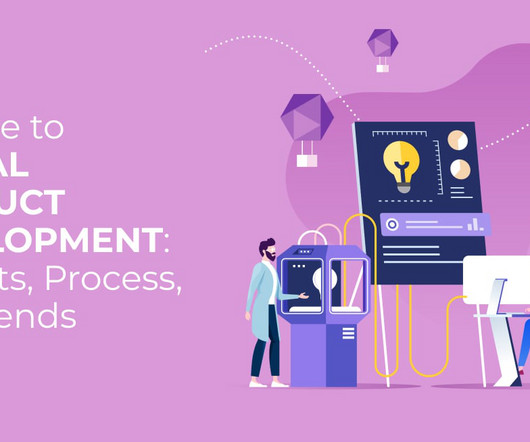
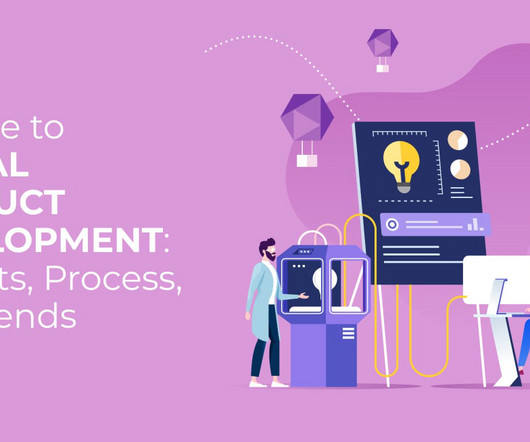



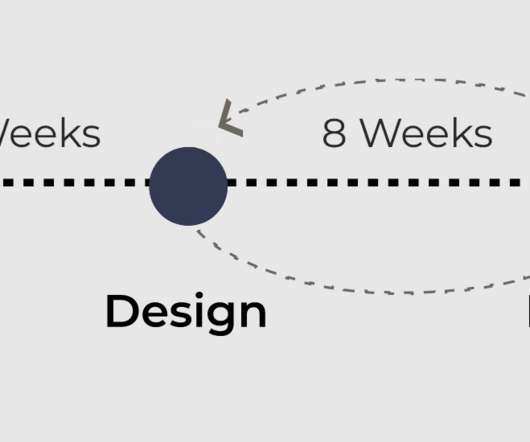






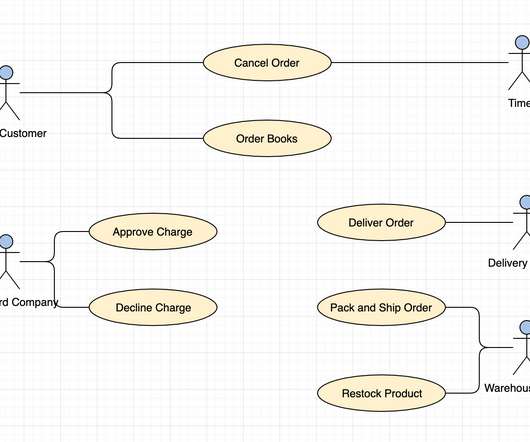


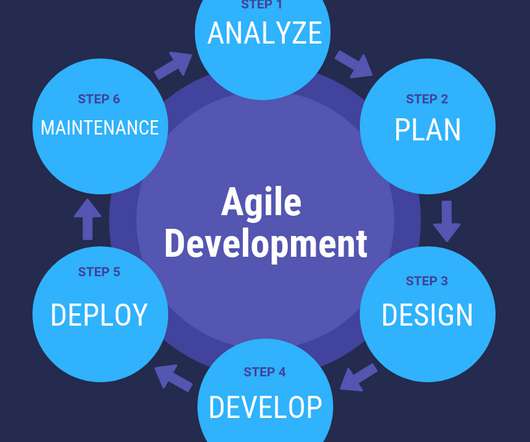
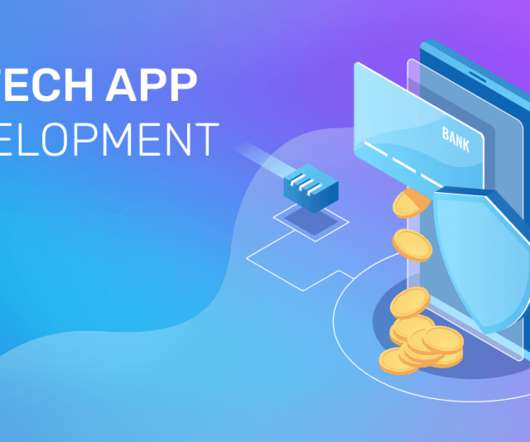

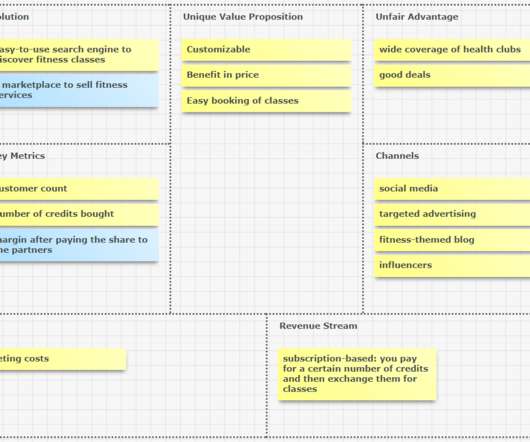









Let's personalize your content